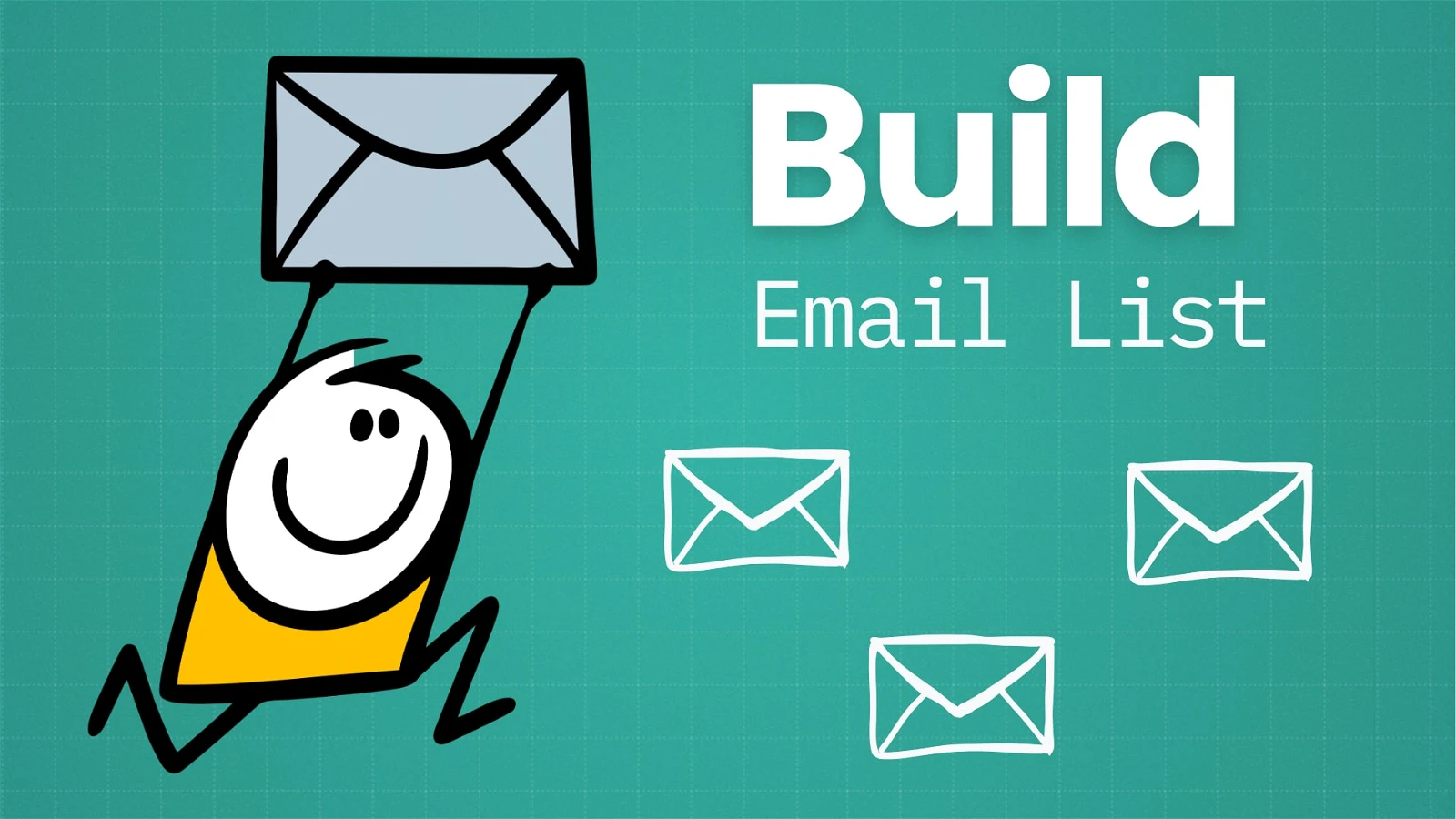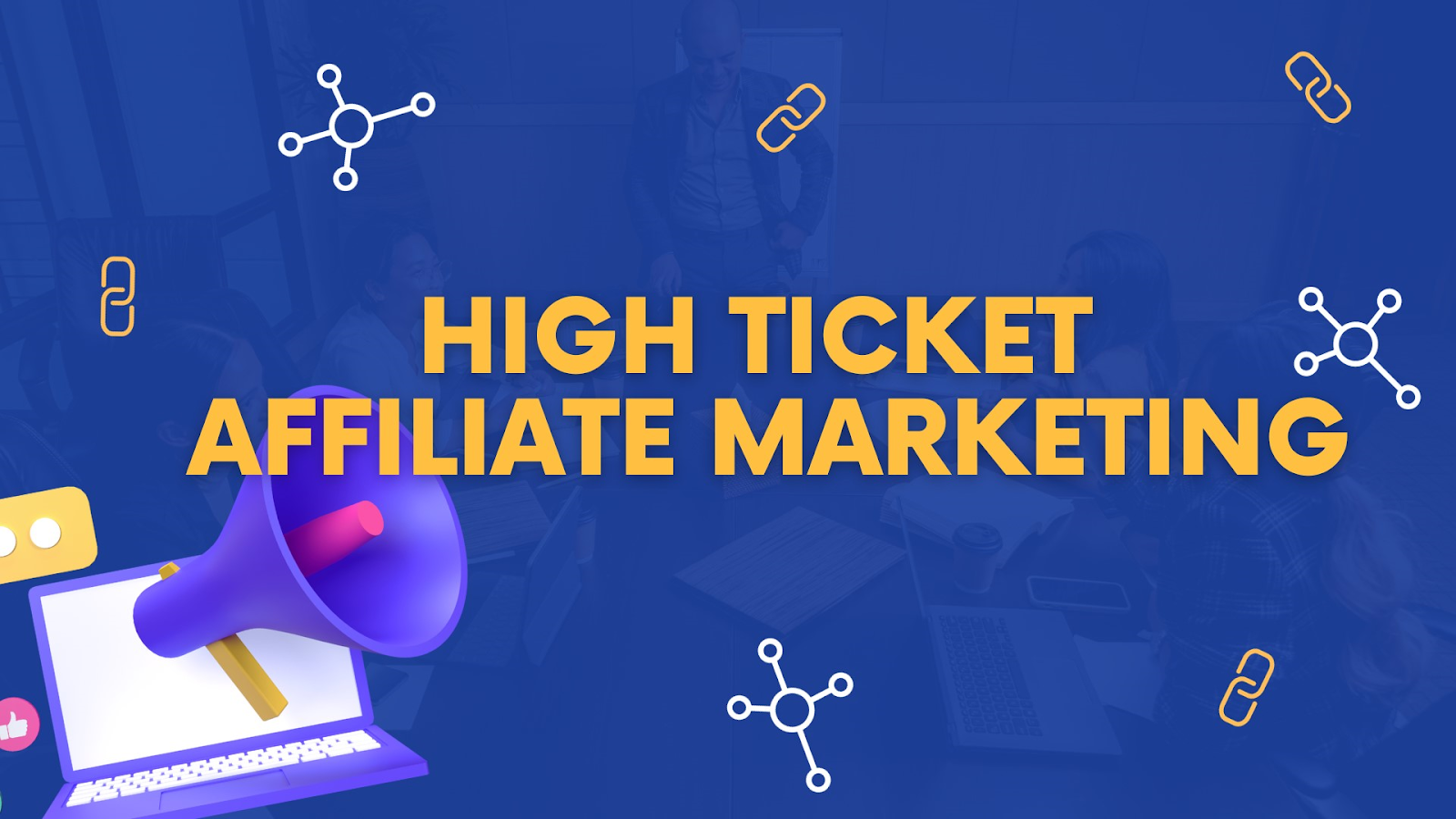

Introduction to Email Marketing Lists
Email marketing lists are essential components of effective digital marketing strategies. They serve as databases of individuals who have expressed an interest in receiving communications from your brand, which facilitates targeted outreach. Building a strong email marketing list is foundational for creating successful campaigns that engage customers and drive sales. A well-curated email list enhances customer relationships, ensuring that your messages reach those who genuinely want to hear from you.
The significance of opt-in lists cannot be overstated. An opt-in email marketing list comprises subscribers who willingly provide their contact information, signifying their interest in your offerings. This contrasts sharply with purchased lists, which are often assembled from third-party sources without the consent of the individuals included. While purchased lists may provide a quick influx of contacts, they can severely hinder long-term marketing strategies. Recipients of unsolicited messages are less likely to engage with your content and may even harm your brand’s reputation.
Furthermore, effective email marketing hinges on permission-based communication, making opt-in lists critical for fostering trust with your audience. Subscribers on an opt-in list are more likely to respond positively to your campaigns, enhancing open and click-through rates. Building this type of list requires effort and transparency, but the resulting relationships with your audience are invaluable. Brands can cultivate loyalty and create long-lasting connections by providing valuable content and incentives that encourage subscriptions.
In conclusion, an email marketing list is not just a tool for reaching customers but an essential asset that supports marketing success. Understanding the differences between opt-in and purchased lists underscores the importance of quality over quantity in your marketing efforts. Prioritizing the cultivation of an engaged email list will significantly contribute to the effectiveness of your marketing campaigns.
The Value of Email Lists in Marketing
Email marketing continues to emerge as one of the most effective marketing strategies for businesses across various industries. Data indicates that email marketing offers an exceptional return on investment (ROI), with studies revealing that for every dollar spent, businesses can expect an average return of $42. This substantial ROI makes maintaining a robust email marketing list an invaluable asset. Unlike paid advertising or social media marketing, which can fluctuate based on budget cycles and platform algorithms, an email list provides direct access to a curated audience who has opted in to receive communications.
Personalized communication is a key differentiator of email marketing, allowing businesses to tailor their messages and offers based on customers’ preferences and behaviors. This personalization not only enhances user experience but also leads to higher engagement rates. Research shows that targeted emails generate 58% of all revenue, a clear indication of how effective personalized messaging can be. By segmenting an email list based on various criteria such as shopping behavior, demographics, and past interactions, businesses can create highly relevant content that speaks directly to the needs of each customer segment.
Moreover, an email marketing list fosters customer loyalty, as regular, informative, and engaging communications help to build trust and brand recognition. Subscribers who receive consistent value from your email campaigns are more likely to convert into loyal customers. In fact, studies indicate that email marketing campaigns targeting previous customers lead to a conversion rate that is 3 times higher than that of cold outreach. Consequently, nurturing existing relationships through email communication can significantly boost lifetime customer value, making it a vital strategy for any marketing plan.
Ultimately, the combined benefits of high ROI, personalized communication, and the ability to cultivate loyalty make maintaining an email marketing list an essential component of successful marketing endeavors.
Identifying Your Target Audience
Understanding your target audience is a fundamental step in building an effective email marketing list. By identifying who your potential subscribers are, you can tailor your marketing strategy to resonate with their interests and needs. Begin by gathering demographic data such as age, gender, income level, education, and geographic location. This information provides a basic overview of who might be interested in your product or service.
In addition to demographic data, psychographic insights can offer deeper context into the values, hobbies, lifestyles, and pain points of your audience. Utilize surveys, social media analytics, and customer feedback to gain a better understanding of what motivates your target audience. Regularly analyzing this data can reveal patterns that guide your marketing efforts. For instance, if you’re targeting environmentally conscious consumers, messaging that highlights sustainable practices may be particularly effective.
Creating detailed customer personas can be an invaluable tool in this process. A customer persona is a semi-fictional representation of your ideal customer based on research and data. Start with a specific demographic profile and then add layers of psychographic traits. Develop personas that encapsulate various segments of your audience, detailing aspects such as their challenges, purchasing behavior, and preferences. This involves envisioning what their typical day looks like, understanding their motivations, and considering what information they seek when making decisions.
Lastly, ensure your efforts to identify your target audience are ongoing and iterative. As market dynamics evolve and consumer preferences change, you should revisit and revise your personas and strategies accordingly. This adaptability will enhance your ability to collect email addresses effectively and create personalized marketing messages that cater to your audience’s specific needs and preferences.
Strategies for Building Your Email List
Building a robust email marketing list is essential for any business aiming for long-term success. One effective strategy to attract subscribers is by offering compelling lead magnets. These are value-driven resources, such as eBooks, checklists, or exclusive discounts, designed to entice potential customers to share their email addresses. For instance, a fitness company could offer a free 30-day meal plan in exchange for an email signup, effectively garnering new leads while providing genuine value.
Another practical approach is integrating email sign-up opportunities at the point of sale, both online and in physical stores. This technique allows you to capture customer information at a critical moment when they are actively engaged with your brand. For example, offering a newsletter sign-up during the checkout process can encourage customers to subscribe while also providing them with reminders of special offers and upcoming events.
Utilizing social media platforms to drive email sign-ups can also be advantageous. Brands can create targeted campaigns that encourage followers to subscribe for exclusive updates or valuable content. For instance, a travel company might promote a weekly travel tips newsletter on its Instagram page, linking directly to a signup form. This not only enhances visibility but leverages existing engagement channels to funnel traffic to the email list.
Finally, leveraging content marketing strategies helps attract potential subscribers effectively. Publishing informative blog posts, videos, or infographics that resonate with your target audience can establish credibility and encourage sign-ups. Integrating a call-to-action at the end of each piece, inviting readers to subscribe for more insights, can significantly increase your email list. By combining these strategies, businesses can cultivate a rich email list that becomes a valuable asset for marketing success.
Creating Engaging Sign-Up Forms
Designing effective sign-up forms is a crucial element of any email marketing strategy. To begin with, the placement of these forms on a website plays a significant role in their visibility and accessibility. It is advisable to position sign-up forms in high-traffic areas, such as the header, footer, or a dedicated landing page. Additionally, incorporating pop-up forms that activate after a certain amount of time or user interaction can further capture attention without being overly intrusive.
Minimizing the number of fields required for subscription is another best practice to enhance user engagement. Research indicates that the likelihood of completing a sign-up greatly diminishes with each additional field. A simple form that primarily asks for an email address, perhaps along with a name for personalization, is often most effective. This simplicity caters to users who may feel overwhelmed by lengthy forms, allowing for a smoother subscription process.
Compelling calls to action (CTAs) are integral to the success of your sign-up forms. Each CTA should be clear, direct, and enticing, prompting users to take the necessary action. Phrases like “Join Our Community” or “Get Exclusive Updates” can create a sense of urgency and value, driving subscriptions. The design of these CTAs should also reflect contrast and visibility, employing colors that stand out from the overall website to draw the user’s eye.
Lastly, it is essential to ensure that your sign-up form is mobile-responsive. With an increasing number of users accessing websites via smartphones and tablets, forms should adapt seamlessly to different screen sizes. A mobile-optimized design not only enhances user experience but also significantly improves conversion rates. By implementing these strategies, businesses can create sign-up forms that effectively capture leads and contribute to their email marketing success.
Maintaining and Cleaning Your Email List
Maintaining an up-to-date email marketing list is crucial for ensuring the success of your campaigns. A clean list is not merely a nicety; it significantly influences deliverability rates and overall campaign performance. Over time, subscribers may become inactive for various reasons, and if not addressed, this can lead to diminished engagement rates, ultimately harming your reputation with email service providers.
One of the fundamental steps in maintaining your email list involves regularly removing inactive subscribers. An inactive subscriber is typically defined as someone who has not opened or clicked on an email in a specified period, often six months to a year. Identifying and segmenting these inactive users allows for targeted re-engagement efforts. You could consider sending a tailored re-engagement email, offering an incentive or asking for feedback. If they still do not respond, it would be prudent to remove them from your list, as they contribute to decreasing your open rates and negatively impact sender reputation.
Furthermore, handling bounced emails is another essential part of the list cleaning process. Bounced emails can be categorized into two types: soft bounces and hard bounces. Soft bounces are temporary issues, such as a full inbox, while hard bounces indicate invalid email addresses. Regularly tracking bounce rates helps you understand the health of your list, prompting you to remove hard bounces immediately to safeguard your sender score.
In addition to removing inactive subscribers and handling bounced emails, employing strategies for re-engaging lapsed subscribers can rejuvenate your list. Consider sending personalized offers or exclusive content to reignite interest. This strategic approach not only helps maintain a clean and healthy email marketing list but also enhances the overall performance of your campaigns, driving better results over time.
Complying with Email Marketing Regulations
In the realm of email marketing, compliance with regulations is not merely a legal requirement, but a critical component in fostering trust with your subscribers. Two primary regulations that govern email marketing practices are the General Data Protection Regulation (GDPR) and the CAN-SPAM Act. Adherence to these laws is essential for marketers aiming to effectively build and maintain their email marketing lists.
The GDPR is a comprehensive data protection regulation applicable to businesses operating within or interacting with the European Union. It mandates that marketers obtain explicit consent from individuals before collecting their personal data. This means opting in should be a clear, affirmative action from the subscriber, along with providing information about how their data will be used. Moreover, it requires that subscribers can revoke their consent at any time, thereby empowering them to control their own information.
Similarly, the CAN-SPAM Act, which applies within the United States, outlines specific mandates for commercial emails. Key requirements include providing valid physical postal addresses and clearly clarifying that the email is an advertisement. Importantly, the CAN-SPAM Act also requires marketers to include opt-out mechanisms allowing subscribers to unsubscribe easily from further communications. Failure to comply with these regulations can lead to substantial penalties, which can impact an organization’s reputation and financial standing.
It is vital for marketers to take these regulations seriously, as non-compliance may deter potential subscribers and incite legal ramifications. By being transparent about the data collection process and ensuring subscribers have easy access to opt-out options, businesses can cultivate a more engaged audience. Understanding and adhering to these regulations not only protects your marketing efforts but also fortifies the trust that is essential for effective email marketing. Compliance is, therefore, a best practice that aligns with long-term marketing success.
Measuring Success: Analytics and Metrics
Effective email marketing requires not only crafting compelling content and building a robust email list but also measuring the success of these efforts through relevant analytics and metrics. Key performance indicators (KPIs) play a critical role in evaluating the effectiveness of email campaigns, helping marketers identify what’s working and what needs improvement.
One of the most fundamental metrics to track is the open rate, which indicates the percentage of recipients who opened an email. A higher open rate often signifies that the subject line and sender’s reputation are appealing to the audience. Marketers can enhance this metric by conducting A/B testing on subject lines to determine which variations resonate more with subscribers.
Next, click-through rates (CTR) deserve attention; this metric reveals the ratio of clicks to the total number of emails opened. A robust CTR indicates that content within the email is engaging and prompts action. Analyzing the placement of calls to action (CTAs) can provide insights into how to structure future emails for greater engagement.
Conversion rates represent another crucial metric, as they track the percentage of recipients who take a desired action, such as making a purchase or signing up for a webinar. By evaluating conversion rates, marketers can ascertain whether their emails are successful in achieving specific goals. Additionally, monitoring unsubscribe rates helps maintain list health, as a high rate may indicate that the content delivered is not aligning with subscriber expectations.
Ultimately, analyzing these performance metrics enables marketers to refine their strategies continuously. By understanding the intricacies of open rates, click-through rates, conversion rates, and unsubscribe rates, marketers can make data-driven decisions that pave the way for improved email marketing success and engagement.
Conclusion and Next Steps
In today’s digital marketing landscape, building an email marketing list stands as one of the most valuable assets a business can possess. An effective email list not only allows direct communication with your audience but also fosters a sense of loyalty and connection. By engaging your subscribers with tailored content, businesses can enhance customer relationships, drive conversion rates, and ultimately ensure ongoing success. Therefore, it is critical to prioritize and invest time and resources into the cultivation of your email list.
To begin, consider implementing strategies that resonate with your target audience. This could involve offering lead magnets, such as eBooks or special discounts, in exchange for email sign-ups. The use of compelling landing pages and sign-up forms can also boost your conversion rates significantly. It’s essential, however, to continuously provide value through your email communications. Subscribers are more likely to remain engaged if they perceive your emails as relevant and beneficial to their interests.
As you move forward, assess your current email marketing strategies and identify areas for improvement. Experiment with different types of content and formats to keep the audience engaged and interested. A/B testing can also provide valuable insights into what resonates well with your audience, allowing you to refine your approach for maximum effectiveness.
Now is the time to take action. Implement at least one new strategy to grow your email marketing list today. Whether it’s revamping your landing page, hosting a webinar, or offering an exclusive promotion, taking proactive steps will position you towards harnessing the full potential of your email marketing efforts. Remember, the growth of your email list is not merely a task; it is an ongoing journey that requires consistent effort and attention. By persevering, you will move closer to the heights of marketing success.







